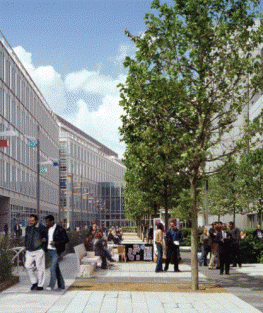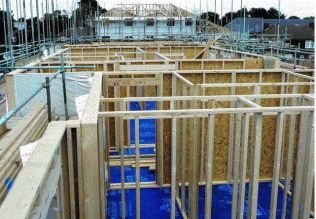Construction has started on a £70 million housing development for army families at Tidworth in Wiltshire that could create jobs and boost economic growth.
Working on behalf of the Defence Infrastructure Organisation (DIO), award winning housebuilder Hill will construct 322 new 3 and 4 bedroom homes for service personnel and their families based at barracks on and around Salisbury Plain.
The homes have been designed to complement existing properties in the area, incorporating red bricks and traditional roof styles that feature in surrounding villages. The development will also include 5 open green spaces.
Neal Walters, DIO Project Manager, said: “This major housing project is one example of how we’re investing in quality accommodation for our armed forces and their families.
“This development also complements our wider plans for the area which will support the return of British troops from Germany in 2019.”
Kieran Larkin, Deputy Chief Executive at Hill, said: “We are delighted to be partnering with the Ministry of Defence (MOD) in what will be our largest single contract to date.
“This is not only a completely new sector for us at Hill, but it’s also our first project in Wiltshire, and is a fantastic opportunity to create homes for service personnel. It is a project that the whole team are very proud to be working on.”
Construction on the homes is due to complete in spring 2018.




